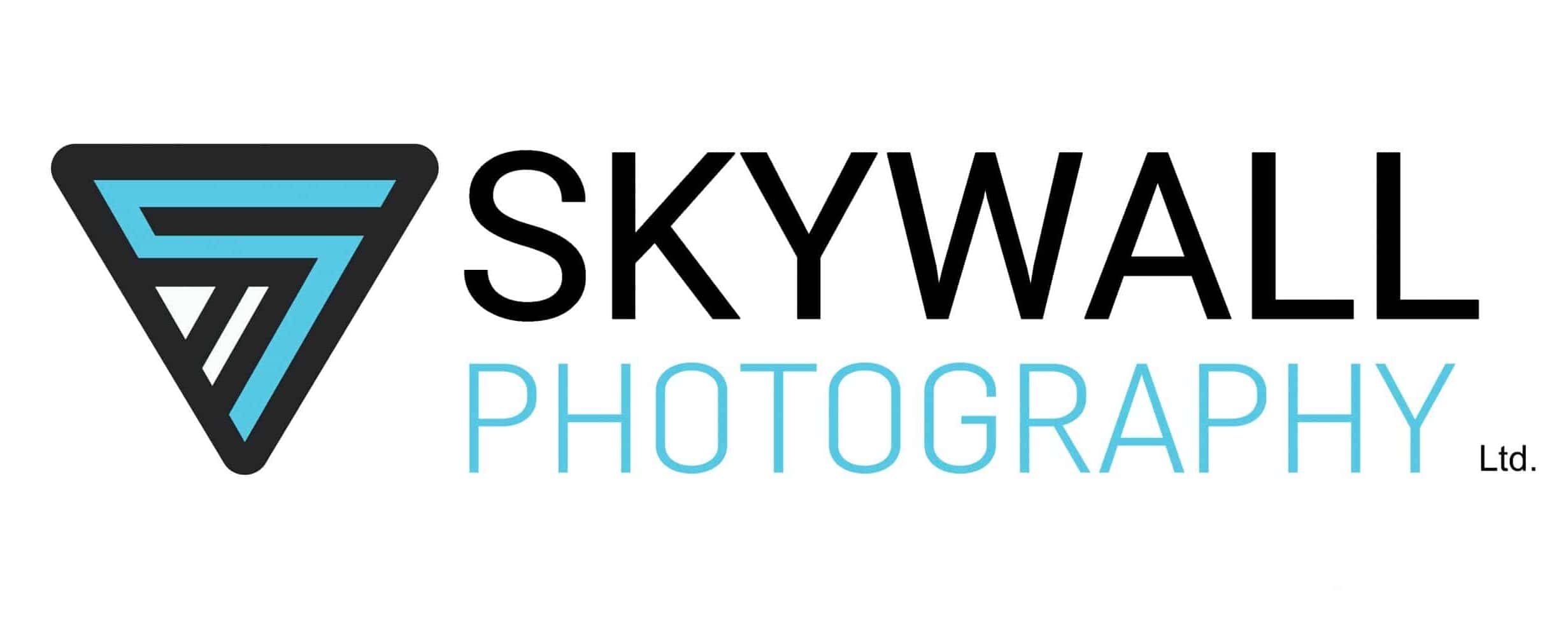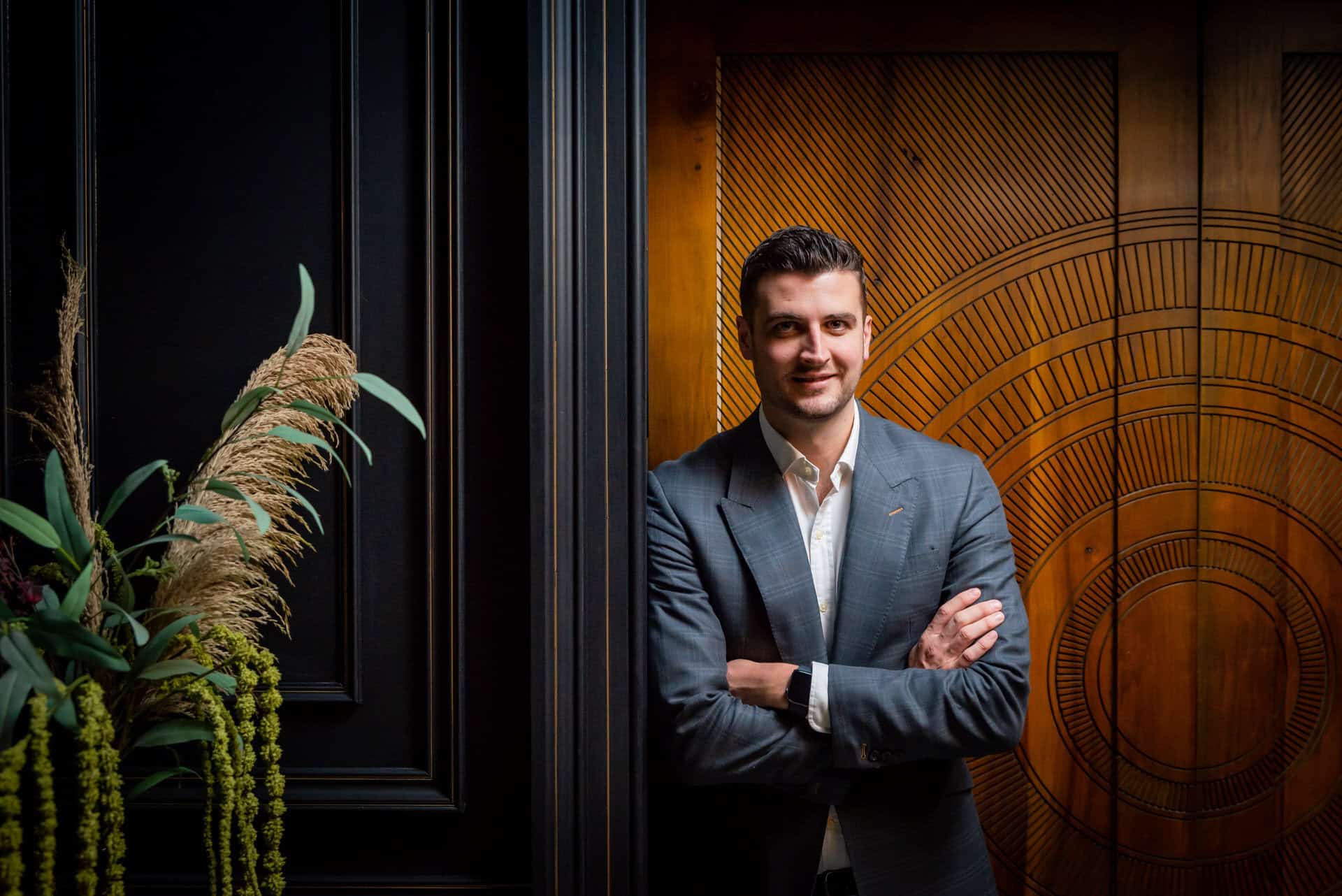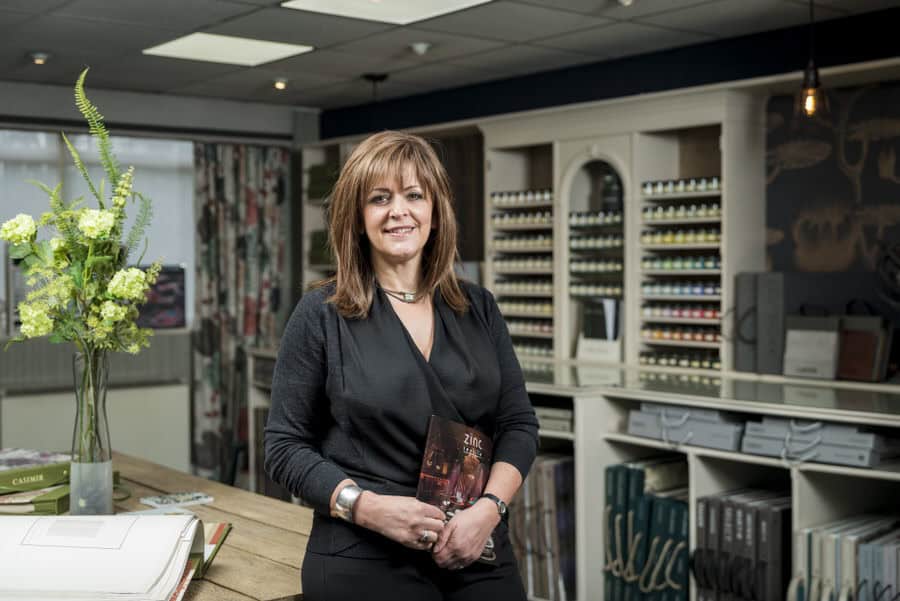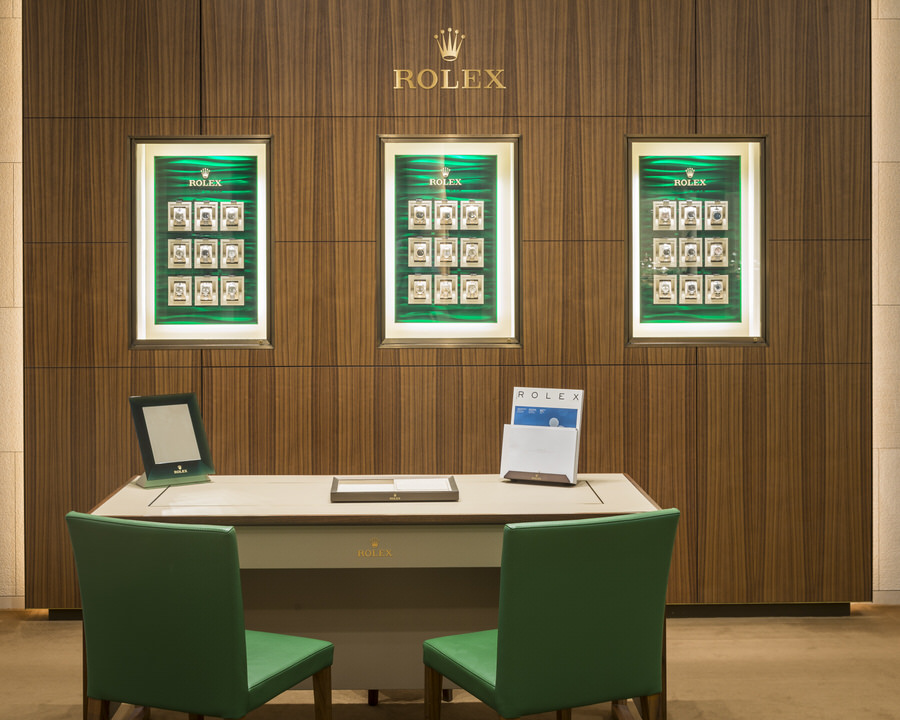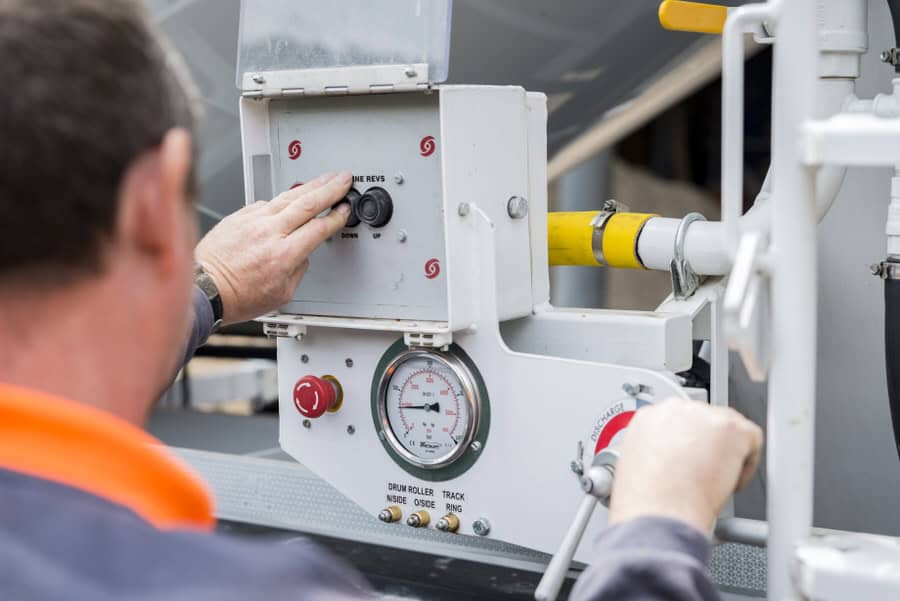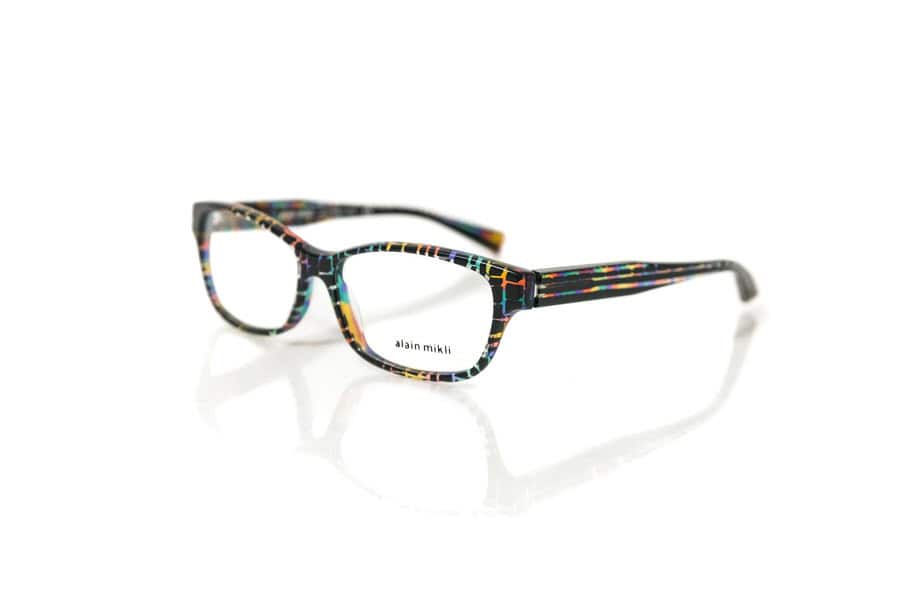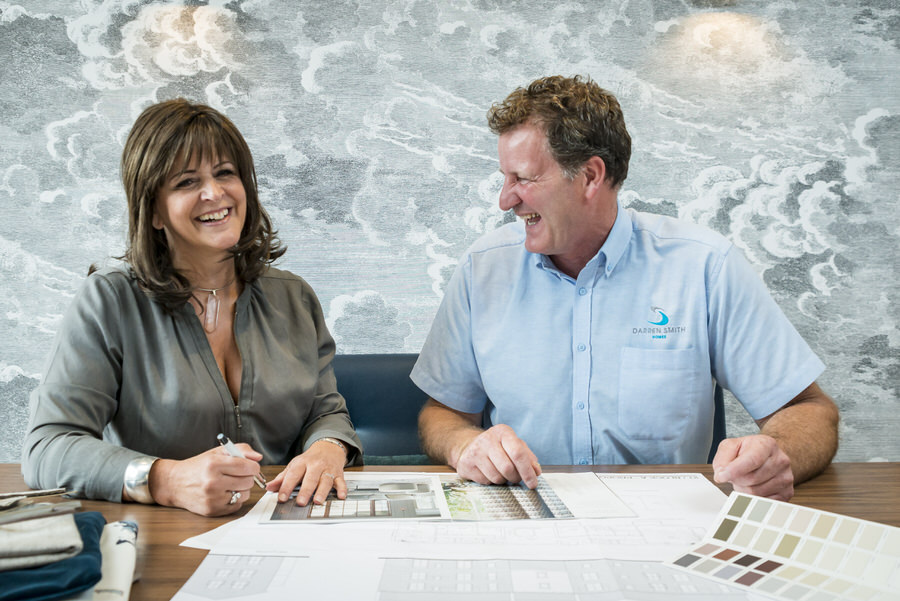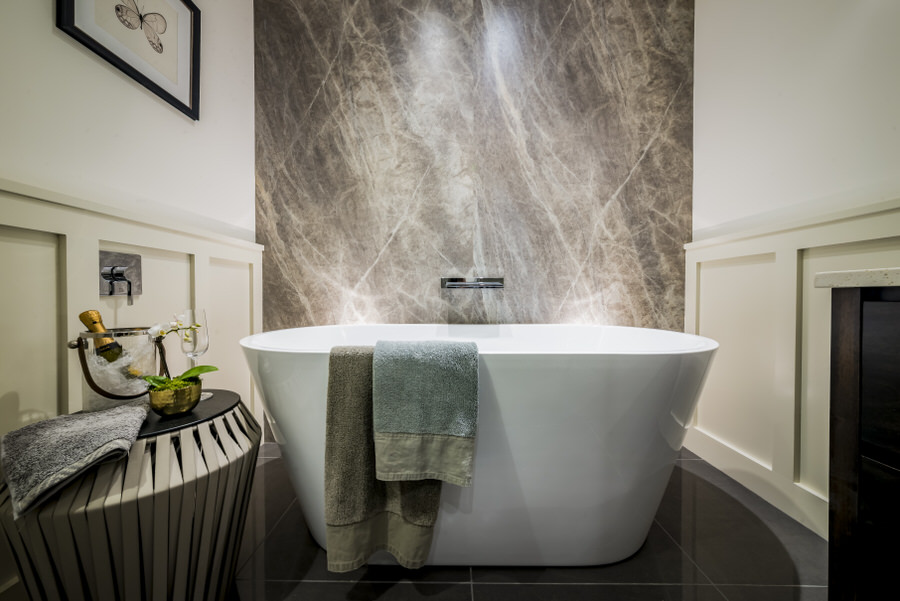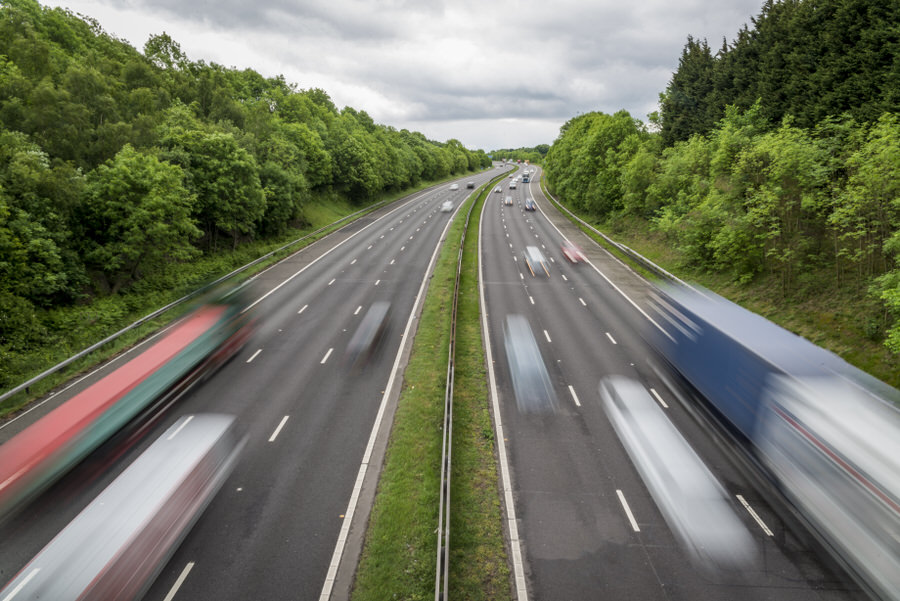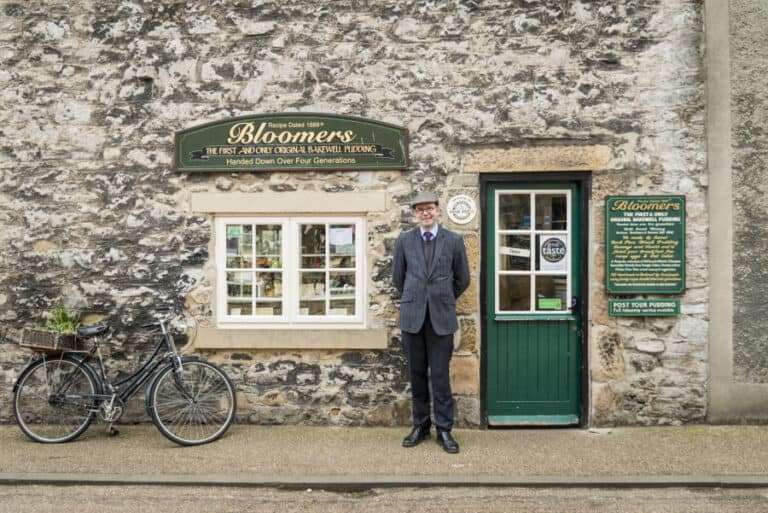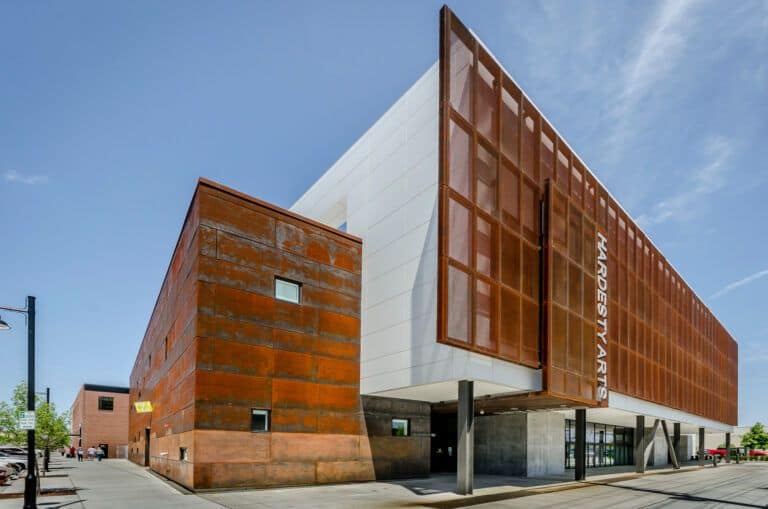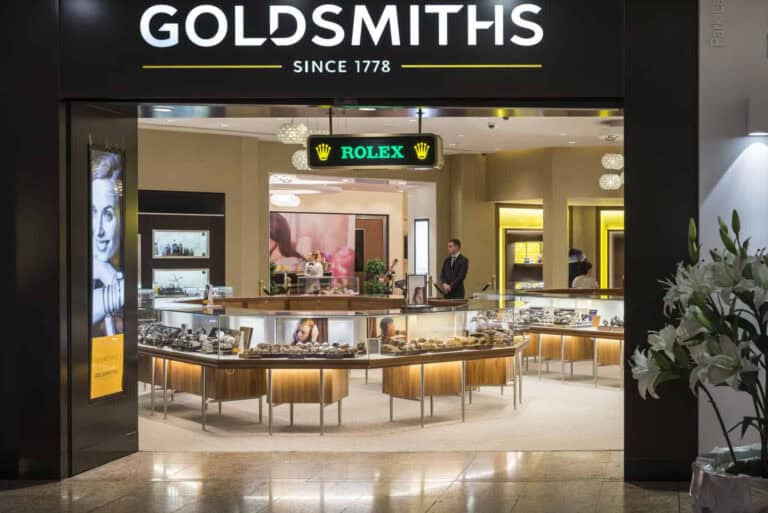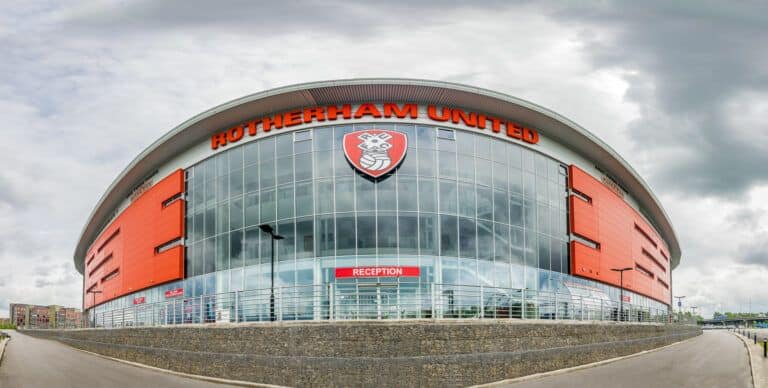Understanding the Different Types of Commercial Photography
Introduction to Commercial Photography
Commercial photography is a specialized field that involves capturing images for commercial purposes such as advertising, marketing, and promoting products, services, or brands. It plays a crucial role in enhancing the visual appeal and overall presentation of businesses across various industries. With its unique requirements and objectives, commercial photography sets itself apart from other types of photography.
The Importance of Commercial Photography
In today’s visually driven world, the importance of commercial photography cannot be understated. It serves as a powerful tool for businesses to effectively communicate their messages, create brand identity, and attract and engage their target audience. Whether it’s through captivating product images, enticing fashion photography, or appealing food photography, commercial photography plays a vital role in influencing consumer perceptions and driving business success.
How Does Commercial Photography Differ from Other Types of Photography?
Unlike other forms of photography that may focus on personal expression or artistic exploration, commercial photography is driven by specific goals and objectives. It seeks to meet the needs and objectives of a particular client or business. Commercial photographers need to understand branding, marketing, and advertising principles to effectively translate the client’s vision into compelling visual content that aligns with their brand identity and resonates with their audience.
Types of Commercial Photography
There are various types of commercial photography, each catering to different industries and purposes. These include:
- Product Photography: This type of photography focuses on capturing high-quality images of products to showcase their features, details, and unique selling points.
- Fashion Photography: Fashion photography involves capturing images that highlight clothing, accessories, and beauty products, often used in advertising campaigns and editorial features.
- Food Photography: Food photography is aimed at capturing visually appealing images of food and beverages to entice customers and promote restaurants, cafes, or food brands.
- Architecture and Interior Photography: This genre focuses on capturing architectural structures, interiors, and real estate properties to showcase their design, aesthetics, and functionality.
- Corporate and Event Photography: Corporate and event photography involves documenting business events, corporate portraits, conferences, and other professional gatherings.
- Advertising and Marketing Photography: This type of photography focuses on creating images that effectively convey advertisements, marketing campaigns, and promotional materials. It often requires storytelling and evoking emotions to connect with the target audience.
Choosing the Right Commercial Photographer
When hiring a commercial photographer, several factors should be considered. These include their expertise in the specific type of commercial photography required, their portfolio showcasing experience and style, their understanding of the client’s brand and vision, and their ability to deliver high-quality images within the given time frame and budget.
Trends in Commercial Photography
Commercial photography is constantly evolving, influenced by changing consumer preferences, technological advancements, and creative innovations. Commercial photographers need to stay up to date with the latest trends in composition, editing techniques, visual styles, and emerging platforms to ensure their work remains relevant and impactful. Continuous learning, attending workshops, networking with industry professionals, and staying engaged with the photography community can help commercial photographers stay informed and adept at incorporating the latest trends into their work.
The Importance of Commercial Photography
The Importance of Commercial Photography
Commercial photography is vital for businesses across different industries. Here are key reasons why:
- Brand Identity: High-quality images that reflect a brand’s values and personality help establish and enhance brand identity, attracting and connecting with target audiences.
- Product Promotion: Clear and visually appealing product images captivate potential customers and entice them to make a purchase.
- Professionalism: Professional commercial photography showcases a business’s credibility and reliability, making it appear trustworthy to consumers.
- Increased Sales: Eye-catching images can grab attention, generate interest, and lead to an increase in sales conversions.
- Online Presence: Commercial photography helps create visually stunning websites, social media posts, and online advertisements, enhancing a company’s online visibility and customer engagement.
- Competitive Advantage: Unique and creatively captured images can make a brand stand out in a crowded marketplace, giving it a competitive edge.
These factors highlight the importance of commercial photography in today’s business landscape, where brands need to effectively communicate their message, attract customers, and thrive in the market.
How Does Commercial Photography Differ from Other Types of Photography?
Commercial photography differs from other types of photography in several ways:
1. Purpose: Commercial photography is undertaken for advertising, marketing, and promoting products or services, with the aim of generating sales or attracting customers. In contrast, fine art or documentary photography may have different objectives, such as self-expression or storytelling.
2. Client Collaboration: In commercial photography, photographers work closely with clients, such as businesses or advertising agencies, to fulfil their specific needs and visions. They must understand the client’s brand and target audience in order to create images that effectively communicate the intended message. Other types of photography may allow for more creative freedom and less involvement from the client.
3. Technical Requirements: Commercial photography often requires the use of professional-grade equipment and lighting setups to achieve high-quality images that meet industry standards. Photographers may need expertise in various techniques, such as product styling, retouching, or image manipulation. It also entails understanding marketing aspects, such as composition, branding, and visual storytelling.
4. Legal Considerations: Commercial photographers must have knowledge of copyright laws, model releases, and usage rights. They need to ensure that their images comply with legal standards and can be used for specific commercial purposes.
Pro-tip: To excel in commercial photography, photographers should stay updated with the latest industry trends and techniques. They can achieve this by attending workshops, networking with professionals, following industry blogs, and experimenting with new equipment and software. By staying current, photographers can offer innovative solutions and meet the evolving needs of their clients.
Types of Commercial Photography
When it comes to commercial photography, there are various types that cater to different industries and purposes. From capturing products in all their glory to showcasing the elegance of fashion, or making food look tempting, each sub-section of commercial photography has its own unique approach. Whether it’s capturing the grandeur of architectural designs or covering corporate events, or even creating compelling advertisements, this section dives into the exciting world of commercial photography and explores the artistry and techniques behind each specialized sub-section.
Product Photography
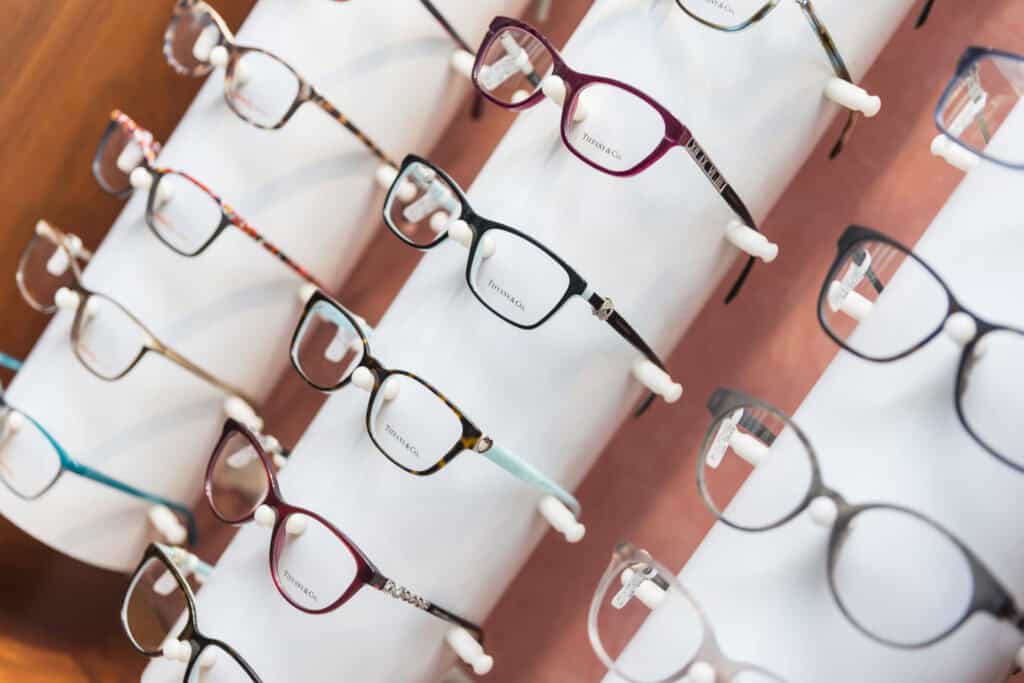
Product photography plays a crucial role in commercial purposes. Its main objective is to visually represent products in an appealing manner. Achieving this requires the photographer to skillfully utilize lighting, angles, and composition in order to emphasize the unique features of the product and establish a distinct brand identity. Exceptional product photography serves as a reflection of the brand’s style and ensures consistency across all marketing materials. It effortlessly captures the intricate details of the product through close-up shots, thereby showcasing its texture, colour, and fine elements. Taking product photography to the next level, it goes beyond mere presentation and weaves a narrative that evokes emotions while effectively communicating its value and benefits to the intended audience. To further enhance the appeal of the product, it is worth considering the incorporation of appropriate props or elements from everyday life that complement the product, thereby showcasing its usage and creating visually captivating imagery.
Fashion Photography
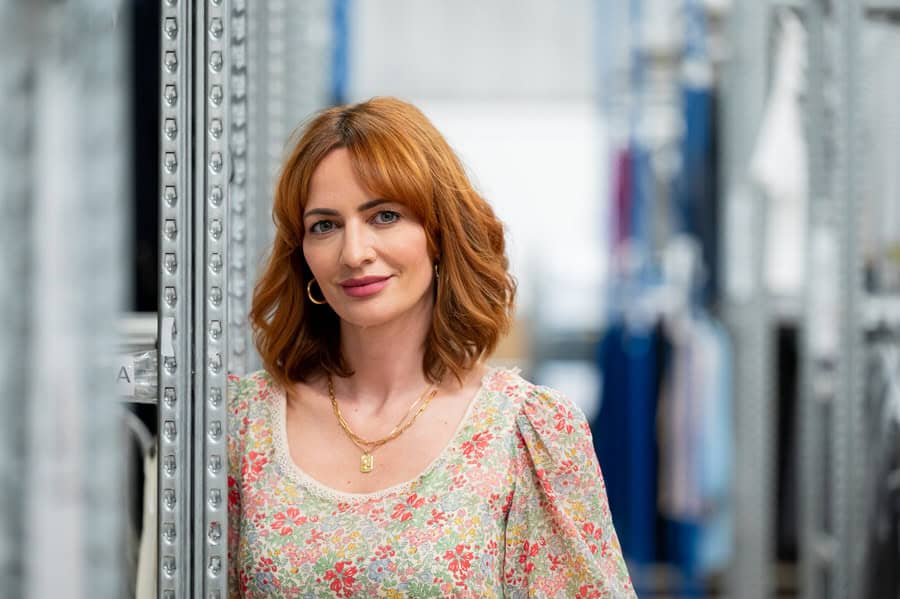
Fashion photography is a creative form of art that beautifully captures clothing, accessories, and beauty. It focuses on showcasing the creations, trends, and styles of fashion designers.
Fashion photographers collaborate with models, stylists, and makeup artists to produce mesmerizing images. The main objective is to evoke emotions and tell a visual story through photographs.
Lighting plays a crucial role in highlighting the texture, colour, and shape of the garments. Fashion photographers often choose to shoot in studios or on location with elaborate sets to create the perfect ambience.
The art of posing and body language is fundamental in conveying confidence and attitude in photographs. Afterwards, extensive post-production editing is done to enhance the colours, eliminate imperfections, and achieve a harmonious overall look.
To stay relevant and produce cutting-edge imagery, it is important for fashion photographers to stay updated with the latest fashion trends and styles.
Working efficiently and meeting tight deadlines is of utmost importance as the fashion industry is constantly evolving and moving at a rapid pace.
Food Photography

When it comes to food photography, capturing the perfect shot requires careful consideration of several factors. One of the most important aspects is lighting, as it plays a crucial role in highlighting the textures, colours, and details of the food. Natural light is often preferred for its authentic feel.
In addition to lighting, the composition of the photograph is also important. Paying attention to the arrangement and placement of the food is crucial. Utilizing composition techniques such as the rule of thirds or leading lines can greatly enhance the overall appeal of the image.
Another factor to consider is the use of props and styling. Choosing props and backgrounds that complement and enhance the food can greatly elevate the visual impact of the photograph. It’s important to take into account the overall theme or mood you want to convey.
Deciding on the focus and depth of field is another critical aspect of food photography. You may choose to have the entire dish in focus or opt for a shallow depth of field to create a background blur effect. This decision will depend on the story you want to tell with your photograph.
Experimenting with colour and contrast is also important. You can try using colours that either harmonize or contrast with the food to create visually appealing images. Utilising garnishes, sauces, and plating techniques can further enhance the overall presentation.
Food photography has evolved greatly in recent years, thanks to advancements in technology and the popularity of social media platforms like Instagram. While it was previously limited to cookbooks and magazines, it is now more accessible to a wider audience. Nowadays, food photographers not only capture delicious dishes but also aim to tell a story through their images. They strive to evoke emotions, showcase culinary trends, and promote food-related businesses.
To stay up to date in this ever-changing field, food photographers must constantly experiment with new techniques, learn from others in the industry, and adapt to changing consumer preferences. It is an exciting and dynamic field that requires a combination of technical skill and artistic vision.
Architecture and Interior Photography
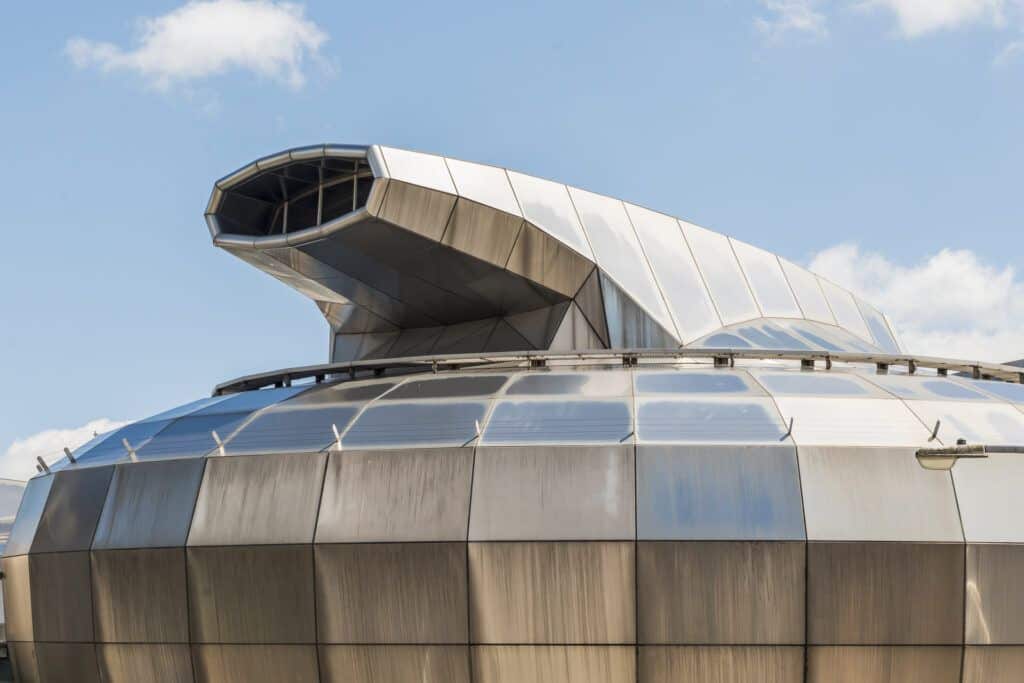
When it comes to architecture and interior photography, it is essential to take into account various factors. It is crucial to select a professional photographer who specializes in this specific type of photography. They should possess the necessary skills to effectively capture architectural designs and interior spaces.
Lighting plays a vital role in architecture and interior photography. The photographer should have a deep understanding of how to manipulate both natural and artificial lighting in order to emphasize key features and create a visually pleasing composition.
Composition is of utmost importance in architecture and interior photography. A skilled photographer has the ability to frame the shot in a way that highlights architectural details and interior design elements.

Attention to detail is essential in this type of photography. The photographer should pay close attention to textures, materials, and patterns, enhancing the overall aesthetic appeal.
The origins of architecture and interior photography can be traced back to the early 19th century. During this time, photographers began capturing majestic historical buildings and intricate interior designs. Technological advancements have further facilitated the capturing of even more intricate details and angles. Nowadays, architecture and interior photography play a crucial role in promoting the beauty of architectural designs and showcasing the unique features of interior spaces.
Corporate and Event Photography

Corporate and event photography plays a crucial role in capturing important moments and conveying professionalism and success. Whether it’s a conference, product launch, or gala, it is vital to hire an experienced commercial photographer who can deliver high-quality images that truly represent the brand or occasion.
When selecting a commercial photographer for corporate and event photography, there are several key factors to consider:
1. Experience: It’s important to choose a photographer who has a proven track record in capturing corporate events and understands the specific requirements. They should have the skills to work in different lighting conditions and capture candid moments that truly reflect the atmosphere.
2. Portfolio: Take the time to review the photographer’s portfolio to evaluate their style and determine if it aligns with your vision. Pay close attention to composition, lighting, and the overall quality of photographs taken in similar settings.
3. Professionalism: A professional commercial photographer should possess excellent communication skills, be punctual, and present themselves in a professional manner. They should also work well with others and be flexible in accommodating the schedule and requirements of the event.
4. Equipment: It’s crucial to ensure that the photographer has top-of-the-line equipment suitable for capturing events. This includes professional-grade cameras, lenses, lighting equipment, and backup gear.
5. Pricing: Discuss the photographer’s pricing structure and make sure it fits within your budget. Don’t forget to inquire about any additional charges for post-processing or additional services.
By considering these factors, you will be able to find the perfect commercial photographer for your corporate and event photography needs. Remember, capturing those memorable moments and showcasing your brand is essential for a successful event or corporate presence. So, make sure to hire the right professional who can deliver stunning images that leave a lasting impression.
Advertising and Marketing Photography
When it comes to advertising and marketing photography, there are several important factors that should be taken into consideration. First and foremost, it is crucial to understand the target audience. Different demographics may respond more positively to specific visuals, so it is important to customize the images accordingly. The photography should be in line with the overall message and identity of the brand, evoking the intended emotions and effectively communicating the brand’s values. Composition and aesthetics play a significant role in creating a powerful image that captures the viewer’s attention. The photograph should accurately depict the product or service being advertised, highlighting its features and advantages in a visually appealing manner. Effective advertising and marketing photography should compel the viewer to take action. Including a clear call to action, such as a website or contact information, can assist in encouraging the desired response.
Here’s a true story: A clothing brand wanted to launch a new advertising campaign for their latest collection. They carefully considered their target audience, which primarily consisted of young, fashion-forward individuals. To align with their brand message of creativity and individuality, they hired a commercial photographer known for their innovative style. The resulting advertising photography showcased the garments in unique and attention-grabbing ways, capturing the attention of their target audience and successfully driving sales.
Choosing the Right Commercial Photographer
When choosing the right commercial photographer in British English, several factors should be taken into consideration. First and foremost, experience is key. A photographer with a proven track record in commercial photography will be able to showcase their expertise through their portfolio, which should contain images specifically tailored for businesses and brands.
Style is another important aspect to consider. Each photographer has their own unique style and aesthetic, so it’s crucial to determine whether their style aligns with the image you want to portray for your business. Examining their previous work will provide insight into their creative approach and help you assess if it’s a good fit.
Additionally, specialization is worth considering. Some photographers specialize in certain industries or types of commercial photography. For example, if you’re in the fashion industry, it’s beneficial to choose a photographer who specializes in fashion and editorial photography. Their expertise in your specific field can greatly enhance the quality of the final images.
Effective communication is crucial when collaborating with a photographer. It’s important that they understand your vision and objectives for the project. By establishing clear and open lines of communication, you can ensure that the photographer will meet your expectations and deliver the desired results.
Last but not least, your budget should be taken into account. While high-quality photography is essential, it’s important to ensure that the cost aligns with the value you will receive. Finding a balance between quality and cost is key when selecting a commercial photographer.
By considering these factors and incorporating them into your decision-making process, you can make an informed choice and select the right commercial photographer for your needs.
What Factors to Consider When Hiring a Commercial Photographer?
Hiring a commercial photographer involves considering several factors, including experience, style, technical skills, communication, budget, and reviews/recommendations. What factors should you consider when hiring a commercial photographer? Let’s break it down.
1. Experience: When evaluating a photographer’s portfolio, look for relevant experience in your specific type of commercial photography.
2. Style: It’s important to ensure that the photographer’s style aligns with your vision and the message you want to convey.
3. Technical Skills: Choose a photographer who demonstrates a strong understanding of lighting, composition, and post-processing techniques. This will result in high-quality images that effectively showcase your products or services.
4. Communication: Effective communication is crucial. The photographer should understand your requirements and be able to bring your vision to life.
5. Budget: Discuss pricing upfront and make sure it aligns with the value and quality provided by the photographer.
6. Reviews and Recommendations: Seek testimonials or recommendations from previous clients to gain insights into professionalism, reliability, and overall experience.
By considering these factors, you will be able to make an informed decision when hiring a commercial photographer who meets your requirements and ensures project success.
Trends in Commercial Photography
In the field of commercial photography, there are several emerging trends. One of these is the increased use of natural light. Commercial photographers are now utilizing natural light to achieve a more authentic appearance in their images. This technique not only adds depth and dimension to the photographs but also brings out the true essence of the subject.
Another trend in commercial photography is the focus on diverse representation. There is a growing demand for commercial photography that features diverse models, showcasing different cultures and backgrounds. This not only gives a more inclusive and representative feel to the images but also connects with a wider audience.
With advancements in drone technology, aerial photography has become popular in commercial shoots. This allows photographers to capture unique and breathtaking perspectives that were previously unachievable. Aerial photography adds a sense of drama and grandeur to the images, making them stand out.
Minimalist compositions are also on the rise in commercial photography. Photographers are opting for clean and simple aesthetics, highlighting the subject and conveying sophistication. These compositions have a timeless appeal and make the subject the focal point.
There is a growing trend towards authentic storytelling in commercial photography. Brands are now shifting their advertising campaigns towards storytelling and emotional connection. Commercial photographers are capturing genuine moments and emotions to effectively convey these narratives. This adds depth and relatability to the images, making them more impactful.
In a recent survey conducted among commercial photographers, it was found that 75% reported an increase in client demand for authentic and diverse representation in their images. This showcases the importance and relevance of these trends in commercial photography.
These emerging trends in commercial photography are shaping the industry and pushing photographers to think outside the box. By incorporating natural light, diverse representation, aerial photography, minimalist compositions, and authentic storytelling, commercial photographers are able to create memorable and impactful images that resonate with their audience.
How Can Commercial Photographers Stay Up to Date with the Latest Trends?
Commercial photographers can stay up to date with the latest trends by incorporating the following strategies:
1. Engage in continuous learning: By regularly attending workshops, webinars, and conferences, commercial photographers can acquire knowledge about new techniques, equipment, and industry trends.
2. Follow industry leaders: Keeping in touch with influential photographers and industry experts through social media platforms and photography forums allows photographers to gain valuable insights into current trends and emerging practices.
3. Research and study: Consistently studying the work of contemporary photographers and staying informed about the latest trends and styles through industry publications and blogs help photographers maintain an updated understanding of the industry.
4. Experiment and adapt: Staying ahead of the curve involves trying out new techniques, styles, and technology. Commercial photographers must adapt their skills to meet evolving client demands and keep their work fresh and relevant.
5. Collaborate with other professionals: Working together with photographers, stylists, and designers exposes commercial photographers to new ideas, techniques, and perspectives. This collaboration helps photographers stay on top of current trends.
6. Follow client requirements: Staying in close contact with clients and understanding their changing needs and preferences allows commercial photographers to align their work with client expectations and remain up to date with the latest trends in specific niches or industries.
